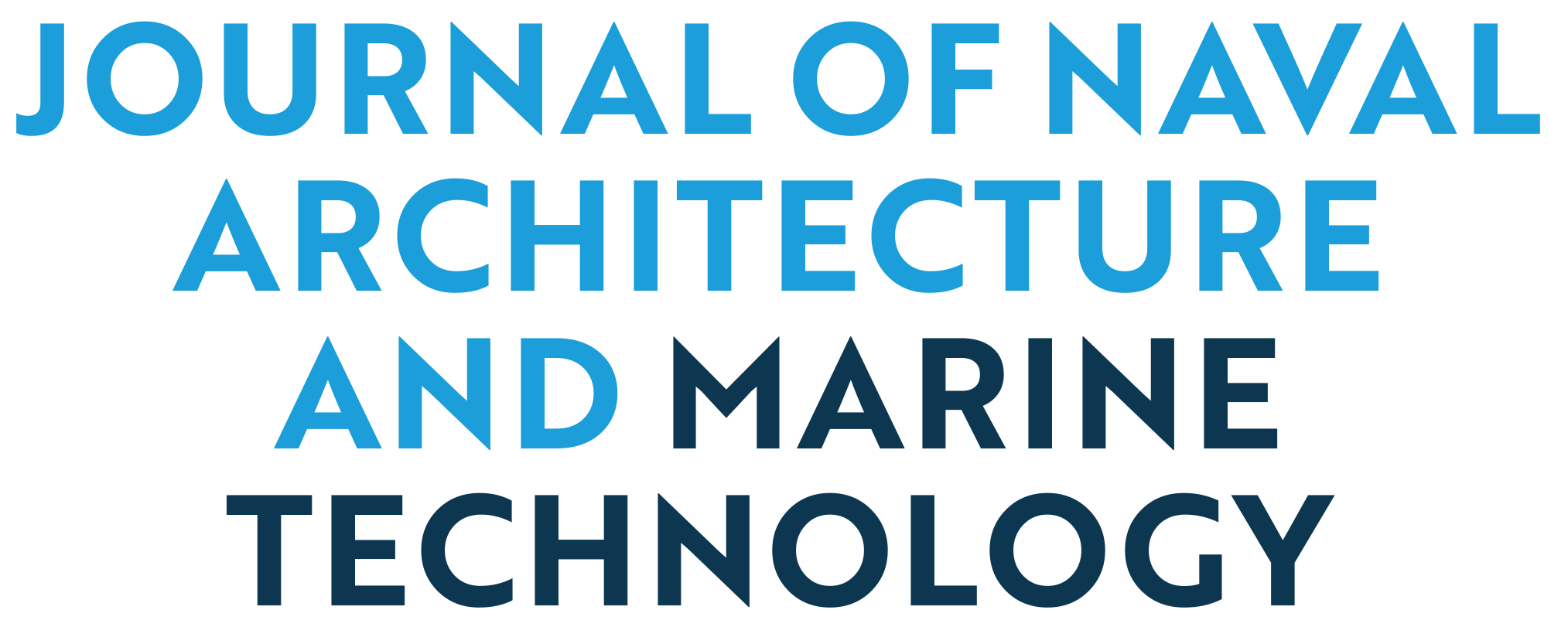ABSTRACT
In this study, the effects of initial imperfections on the ultimate strength values of ship-type stiffened plate structures are discussed and analysed from the point of view of how the initial imperfection forms are obtained. Ship stiffened panels are subjected to complex loading conditions during their operational lifespan. Accurate prediction of their strength and failure modes necessitates a thorough understanding of the effects of various imperfections on their behavior. Two primary sources of initial imperfections are considered: the buckling mode shapes resulting from linear eigenvalue buckling analysis and measurements based on digital photogrammetry. Buckling mode shapes, arising from the manufacturing process are extracted using linear static structural analysis. Digital photogrammetry is employed to capture and quantify imperfections by analysing high-resolution images of the physical structure. Numerical investigation is conducted by incorporating these two types of initial imperfections into non-linear finite element method (NLFEM) calculations. The buckling mode imperfections are applied as geometric perturbations, while the photogrammetry-based imperfections are incorporated as statistically representative deviations from the ideal geometry. Stiffened panel's structural response is analysed under longitudinal uniaxial compression. A new NLFEM project schematic has been utilized instead of the procedure outlined in the technical circular S.P 01/19 by Türk Loydu, which has been discontinued after ANSYS® Workbench™V.2019R2. This is proven by two validation case studies in ANSYS® Workbench™2022R2 version for considering buckling mode initial imperfections. A case study is then conducted using a 3D model of a stiffened plate panel, which is fabricated in a shipyard located in Trabzon, created by Photomodeler V. 2023.3.0.238 employing the digital photogrammetry method.NLFEM analysis is carried out for both initially deflected model after eigenvalue buckling analysis and naturally deflected model after welding operations. The comparative ultimate strength results are quite consistent, and this shows that the digital photogrammetric modelling method can be used in the analysis of ship structural elements.


